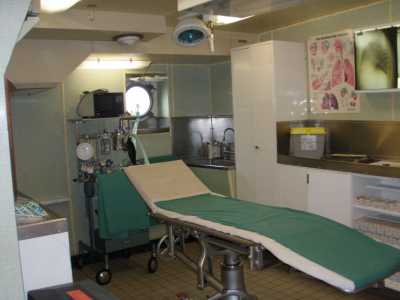16 Nov No Clear Guidelines To Manage Pain After Surgical Procedures
MedicalResearch.com Interview with:
 Sagar Patel MD
Sagar Patel MD
Facial Plastic Surgeon
Board Certified Otolaryngology, Head and Neck Surgeon
Facial Plastic Surgery Associates, Houston, Texas
MedicalResearch.com: What is the background for this study? What are the main findings?
Response: While the majority of diverted opioids that are abused originate from pills prescribed for chronic conditions, with 214,000 rhinoplasties performed in the US in 2015, assessing opioid usage after rhinoplasty is an important view into prescription practices for acute pain after surgical procedures. Opioid use, pain control, and adverse effects were examined and opioid use was compared across patient demographic and surgical procedure characteristics, including rhinoplasty and septoplasty, open vs closed techniques, revision vs primary operations, reduction of turbinates, and use of osteotomies. Opioid use was self-reported as the number of prescribed tablets containing a combination of hydrocodone bitartrate (5 mg) and acetaminophen (325 mg) that were consumed. We them mathematically analyzed.
MedicalResearch.com: What should clinicians and patients take away from your report?
Response: Our study develops a few important concepts.
We identified the lack of guidelines in managing acute pain after a surgical procedure. Given the subjective nature of addressing pain, we believe it is important to have a specific discussion regarding pain management in any patient undergoing a surgical procedure. This discussion will lead to a more validated approach to pain control and ideally decrease the amount of unused pills and as a result decrease the risk of pill diversion.
MedicalResearch.com: What recommendations do you have for future research as a result of this study?
Response: All surgeons should scientifically assess their own practices to see how many pills they prescribe and how many they should be prescribing.
No disclosures
MedicalResearch.com: Thank you for your contribution to the MedicalResearch.com community.
Citation:
Note: Content is Not intended as medical advice. Please consult your health care provider regarding your specific medical condition and questions.
[wysija_form id=”1″]
Last Updated on November 16, 2017 by Marie Benz MD FAAD
